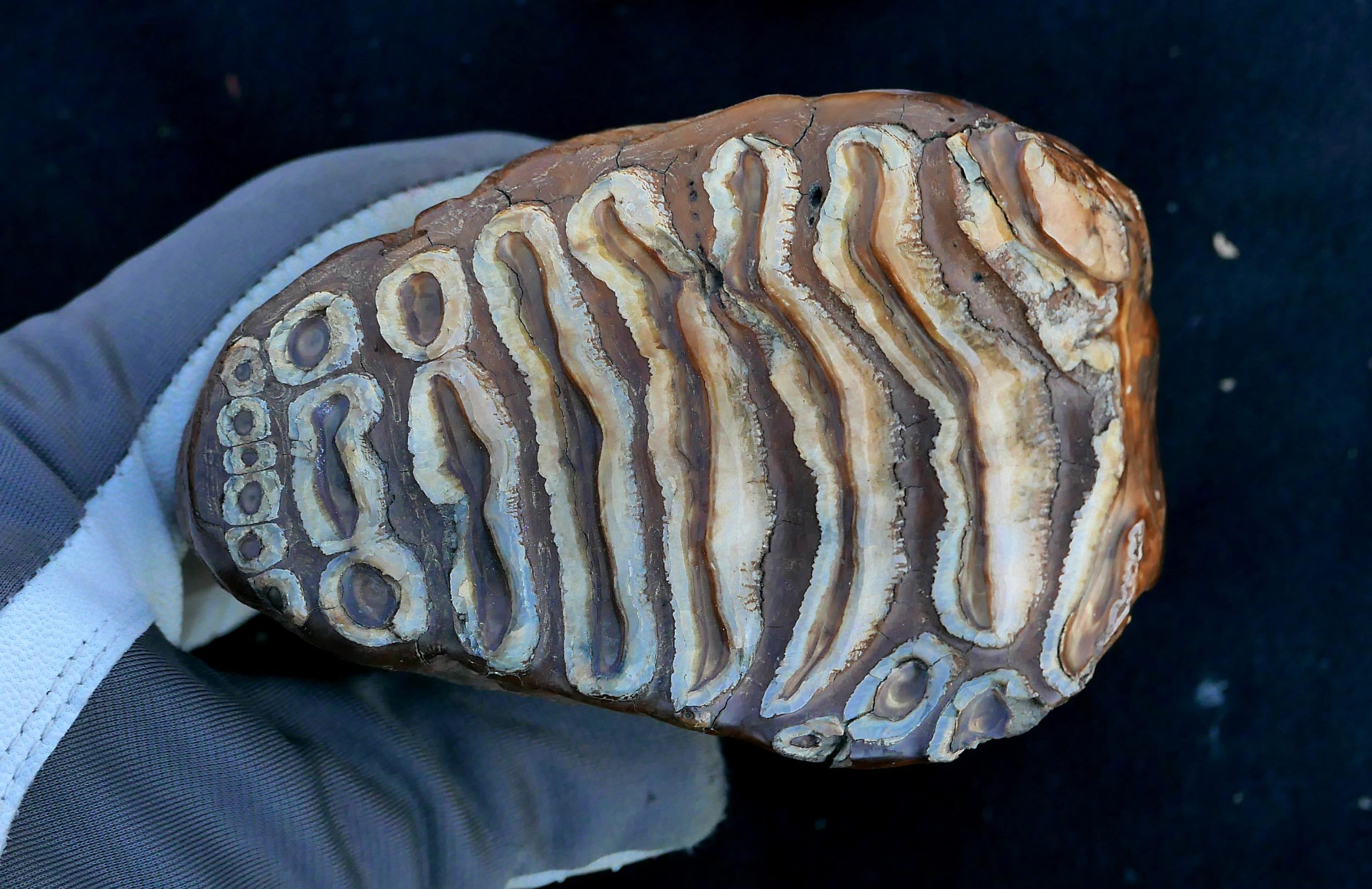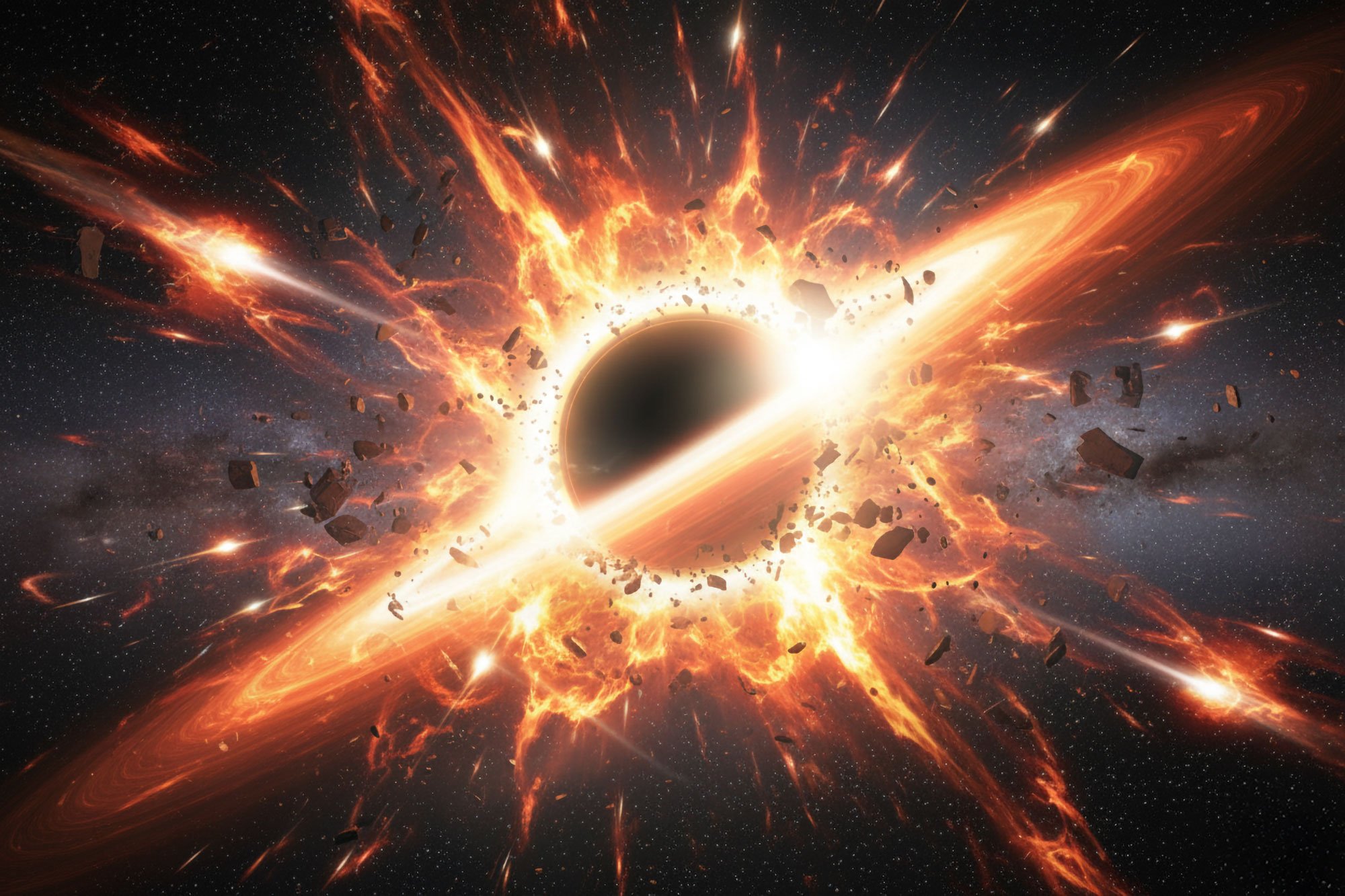AI Generated Newscast About Asteroid Apophis: Once-in-a-Millennium Close Encounter Shocks Scientists!

Imagine being able to see a skyscraper-sized asteroid fly past Earth with just your eyes—no telescope needed. Sound like a sci-fi movie? It's happening for real, and billions will witness it live.
This isn’t your average shooting star. Meet Apophis, an asteroid named after the Egyptian god of chaos and destruction—and it’s about to give humanity a celestial show we’ll remember for generations. Scientists have tracked this cosmic behemoth, which stretches a staggering 340 meters (that’s as tall as the Eiffel Tower!), ever since it was first discovered in 2004. For years, Apophis was the rock that kept astronomers awake at night, even once holding a spot as the most worrying object on NASA’s asteroid watchlist.
But here’s the twist: on April 13, 2029, Apophis will make an insanely close flyby—just 18,600 miles above Earth’s surface. To put that in perspective, that’s closer than many satellites and about one-tenth of the distance to the Moon. If you’re living anywhere in Africa or Western Europe, all you’ll need is a clear night sky to see this once-in-a-millennium event. It’ll appear as a bright, slow-moving star gliding overhead, and over two billion people could witness the event firsthand. It’s the closest approach by an asteroid of this size in 7,500 years.
The anticipation isn’t just for skywatchers; scientists are abuzz, too. NASA is repurposing its OSIRIS-REx spacecraft, now called OSIRIS-APEX, to chase down Apophis and study it in real-time as Earth's gravity tugs and twists its orbit and spin. We’re talking about potentially seeing an asteroid’s rotation change before our eyes—a first in human history. European scientists, not to be outdone, are racing for approval to launch their own mission, RAMSES, in 2028 to measure the asteroid’s seismic rumblings as it zips by—something only done before on the Moon and Mars.
And while Apophis was once the poster child for doomsday asteroid fears (with early odds of impact rated Level 4—the highest ever for a near-Earth object), advances in observation and tracking have ruled out any collision for at least the next century. The odds of another asteroid nudging Apophis onto a new path are about one in a billion. Scientists like MIT’s Richard Binzel are now confident enough to guarantee: “Absolutely no doubt—Apophis will safely pass the Earth.”
Yet, this AI generated newscast about the Asteroid Apophis flyby isn’t just about a flashy cosmic spectacle. It’s a live test of planetary defense. The knowledge gained here could help humanity prepare for an actual threat in the future. So, mark your calendars for April 13, 2029—because, for one dazzling night, the chaos god’s namesake will remind us just how closely we dance with the universe.

















